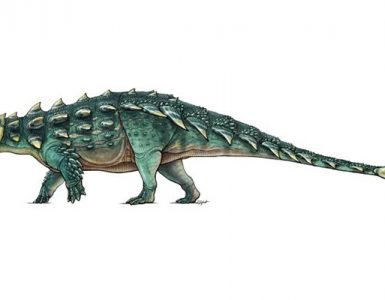 |
| ESA/Rosetta/MPS |
Rosetta has been orbiting the comet 67P/Churyumov-Gerasimenko since last August. During this time, it has collected numerous pictures of it and sent them back for the scientists to analyze. The pits that have been discovered on the comet are enormous and stretch around 200 meters in diameter and 180 meter in depth. When compared to the great pyramid of Giza, they are just 30 meters less in diameter and 41 meters deeper. The whole reason behind this expedition was to understand how the comets are formed and what they are made up of. It was also aimed at understanding their evolution and travelling patterns, if any. The recent discovery should help the scientists to move forward in terms of research and their knowledge about the comet.
The lead researcher Jean-Baptiste Vincent of the Max Planck Institute for Solar system Research said,” We see jets arising from the fractured areas of the walls inside the pits. These fractures mean that volatiles trapped under the surface can be warmed more easily and subsequently escape into space.” To the other scientists, finding pits on the comets came as a surprise. The comets like the 67P are considered to be rubble of boulder sized mini comets made of rock, organics and ices. The gravity pins them together gently, with lots of open spaces in what eventually forms the comet’s body. The reason behind their collapse, however, is still unknown and it could be anything related to the level of heating that a comet experiences as it travels closer to the Sun.
A few other similar circular shapes were found on the surface but they were covered by new material that had collected over the eons. Due to this the scientists are also suspecting that these are the newly formed pits. More activities could be registered on the surface the comet when it arrives at its closest point to the Sun in its 6.5 years orbit. The Rosetta’s lander, Philae is on the surface of the comet, collecting data and pictures but none of the 18 pits are near its location. Since Philae came back to life after a while, the European Space Agency has extended the Rosetta’s mission to September 2016.





















